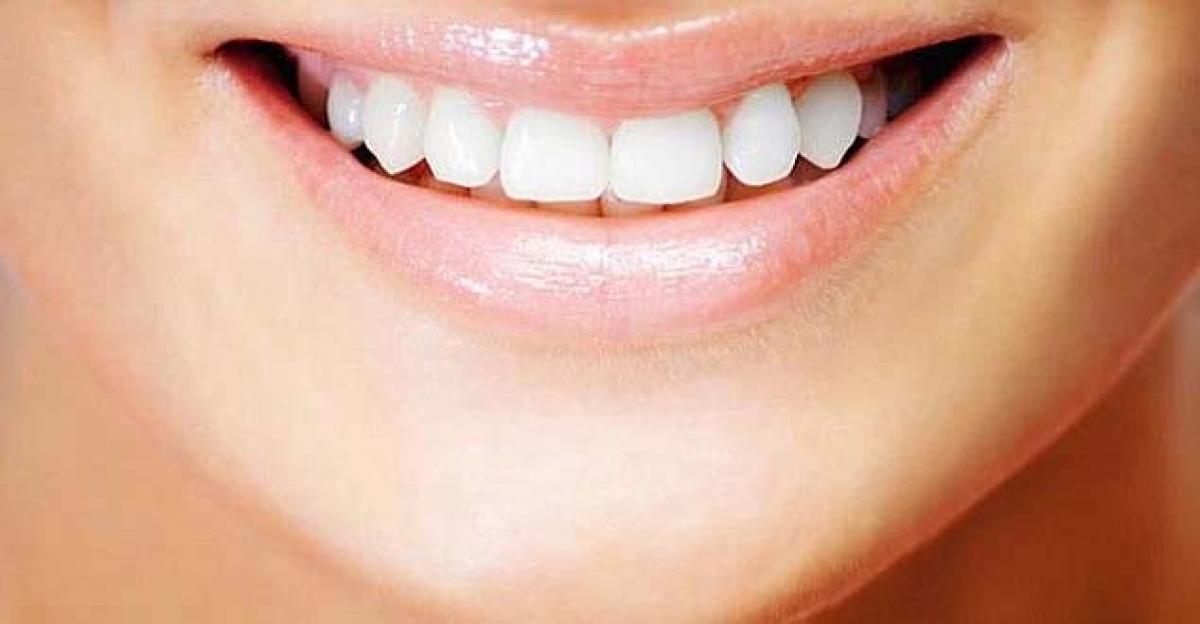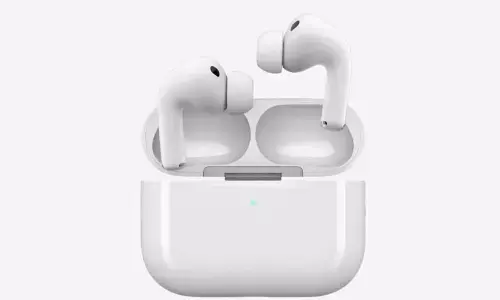Bubbles key to cleaning teeth, reveals Indian origin scientist

The formation of tiny bubbles around the head of ultrasonic scalers, used by dentists to remove built-up plaque, is key to the cleaning process, researchers including an Indian-origin scientist have revealed.
The formation of tiny bubbles around the head of ultrasonic scalers, used by dentists to remove built-up plaque, is key to the cleaning process, researchers including an Indian-origin scientist have revealed.
The bubble formation, or cavitation of water around the head of the scaler, was observed using high-speed cameras.
The findings are the first to prove that cavitation takes place around the free end of ultrasonic scalers.
Removing dental plaque and calculus that is the build-up of what we know as tartar or hard plaque, is a big part of maintaining oral health and a regular occurrence in dental check-ups.
"These findings will help us to understand how to make the tools as effective as possible," said Damien Walmsley from University of Birmingham in Britain.
"Putting the pieces together, we can say that altering the shape and power of these commonly used tools make them more effective, and hopefully, pain-free,” added lead study author Nina Vyas.
For the study published in the journal PLOS ONE, scalers of differing power and head shape were used and compared to quantify the patterns of cavitation.
A Satelec ultrasonic scaler was studied at medium and high operating power using high speed imaging at 15,000, 90,000 and 250,000 frames per second, and the tip displacement was recorded using scanning laser vibrometry.
Researchers were not only able to show that cavitation occurred at the free end of the tip, but that it increases with power and the area and width of the cavitation cloud varies for different shaped tips.
The methods developed will help test new instrument designs to maximise cavitation, with the aim of designing ultrasonic scalers that operate without touching the tooth surface, the authors noted.
With this, the process of teeth cleaning will become both less painful and more effective.


















